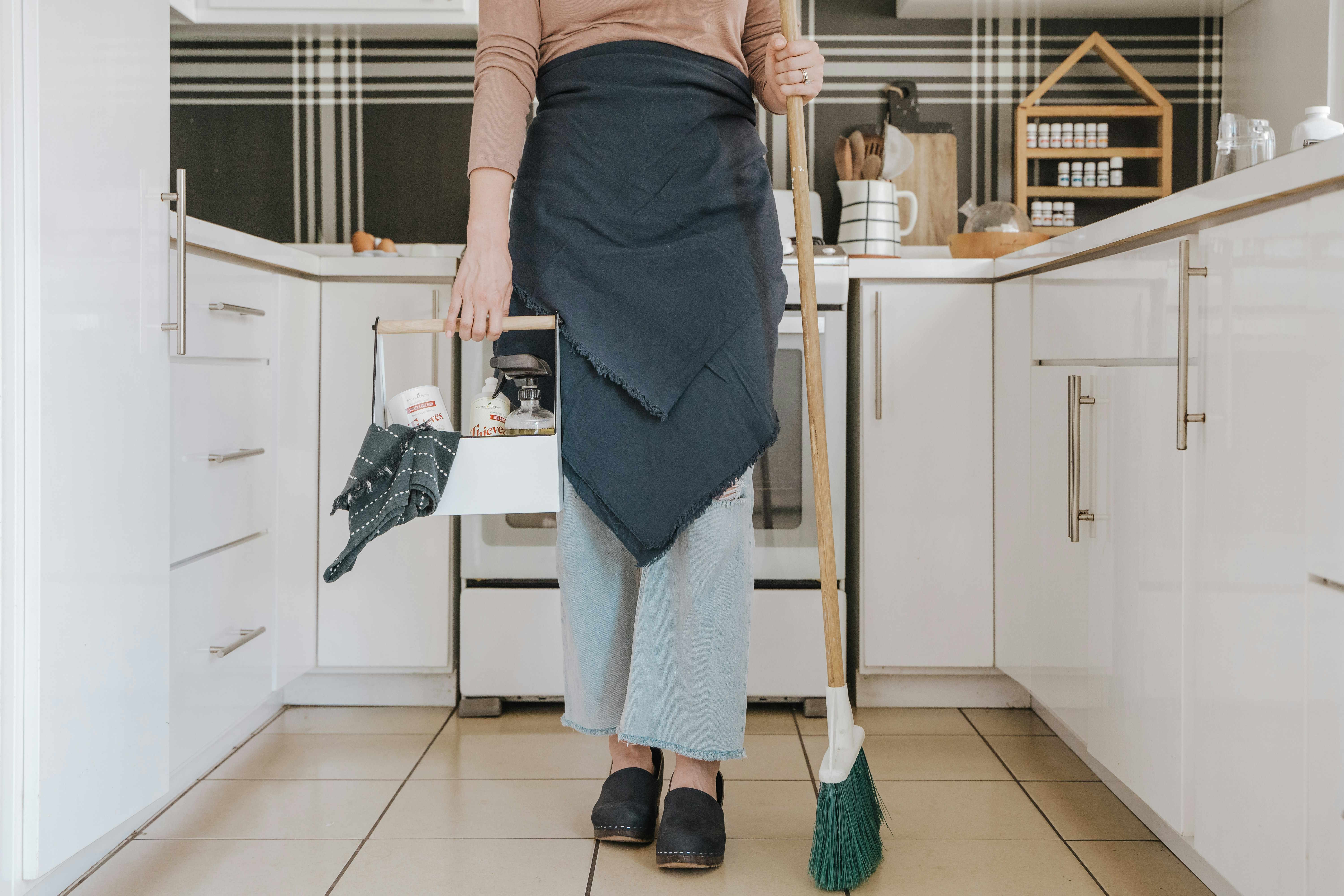Seasonal maintenance routines to extend cookware lifespan
Seasonal maintenance keeps pots, pans, and utensils functioning safely and efficiently through the year. Regular checks timed to seasonal changes help prevent damage, reduce waste, and preserve finish and performance. This overview outlines practical routines for cookware, tableware, appliances, and kitchen layout to extend useful life while supporting sustainability.

Seasonal maintenance can make a measurable difference in how long cookware and related kitchen items remain safe and effective. Rather than ad-hoc cleaning, scheduled checks tied to seasonal shifts — for example, spring deep-cleaning and winter inspection before heavy holiday use — help catch wear early, protect surfaces, and maintain performance of appliances and utensils. These routines also improve organization and accessibility, reduce the chance of cross-contamination, and support sustainable choices by extending product lifespan.
Cookware: seasonal checks and care
Inspect pots, pans, and bakeware each season for warping, loose handles, chips in nonstick surfaces, and signs of rust. For cast iron, plan a re-seasoning after summer humidity or before winter baking; remove rust with gentle abrasion and apply a thin oil layer before heating. Stainless and aluminum items benefit from descaling or mild polishing to remove mineral buildup. Rotate frequently used cookware to even out wear, and store lids separately to avoid trapped moisture. Proper seasonal attention preserves heat conductivity and prevents costly replacements.
Storage and organization for longevity
Seasonal reorganization helps keep storage spaces free from moisture and pests, and prevents scratches from overcrowding. Use liners or felt between stackable pans to protect surfaces, and consider hanging heavy skillets to reduce pressure on base and handles. Evaluate storage for tableware and utensils: heavier pieces should sit lower on shelves for safety, while delicate items can be cushioned in padded drawers. Periodically clear out seldom-used items to improve accessibility and reduce accidental damage during busy holiday seasons.
Appliances and surfaces: coordinated maintenance
Major appliances and kitchen surfaces need seasonal care to support cookware life. Clean oven interiors before peak cooking seasons to prevent smoke and residue that can affect pans; check stovetop knobs, gas connections, and induction zones for consistent heating. Countertops and cutting surfaces should be sanitized and repaired if cracked or deeply scored, since damaged surfaces can transfer contaminants to cookware and tableware. Adjust lighting during darker months to improve visibility and reduce accidental knocks that lead to chips or dents.
Utensils, tableware and cleaning routines
Utensils and tableware require regular inspection for loose handles, corrosion, or hairline cracks. Replace foam or wooden utensil grips that absorb moisture and harbor bacteria. Establish seasonally timed deep-cleaning sessions: run dishwasher-safe items on a hot cycle with descaler, hand-wash delicate items and dry thoroughly, and inspect storage for trapped moisture. Consistent cleanliness lengthens the life of nonstick coatings and prevents surface pitting on metal utensils and serving ware.
Ergonomics, layout and accessibility considerations
A kitchen layout that supports ergonomic use reduces accidental drops and uneven wear. Reassess layout seasonally to accommodate changes in cooking patterns — for example, moving frequently used cookware and utensils to more accessible locations during holiday meal prep. Good lighting and clear organization improve reach and reduce strain on handles and mounting hardware. Ensure accessibility so that heavy items are stored at suitable heights and that drawer and cabinet hardware are functioning smoothly to avoid sudden impacts that damage cookware or tableware.
Sustainability and ongoing maintenance practices
Adopt sustainable habits such as repairing rather than replacing when feasible: tighten loose handles, reapply seasoning to cast iron, and replace gasket or filter components on appliances to maintain efficiency. Keep a simple maintenance checklist by season that includes descaling kettles, inspecting nonstick surfaces, and checking utensil integrity. Proper maintenance reduces waste and lowers long-term costs by extending the usable life of cookware, appliances, and tableware. Seasonal attention also supports safer cooking environments and can reduce food waste by preserving performance.
Regular seasonal routines — inspection, cleaning, organization, and targeted repairs — help ensure cookware, tableware, and kitchen appliances remain reliable across years of use. By aligning maintenance with changes in humidity, temperature, and cooking habits, you can protect surfaces and finishes, maintain ergonomics and accessibility, and support more sustainable kitchen practices without relying on frequent replacements.





